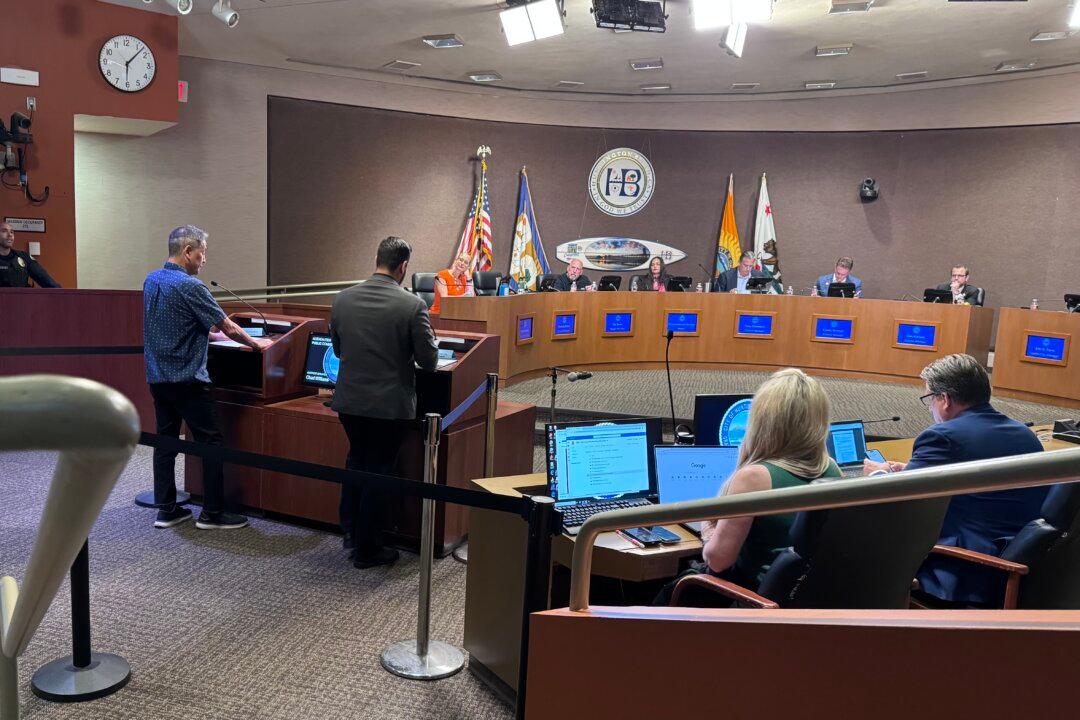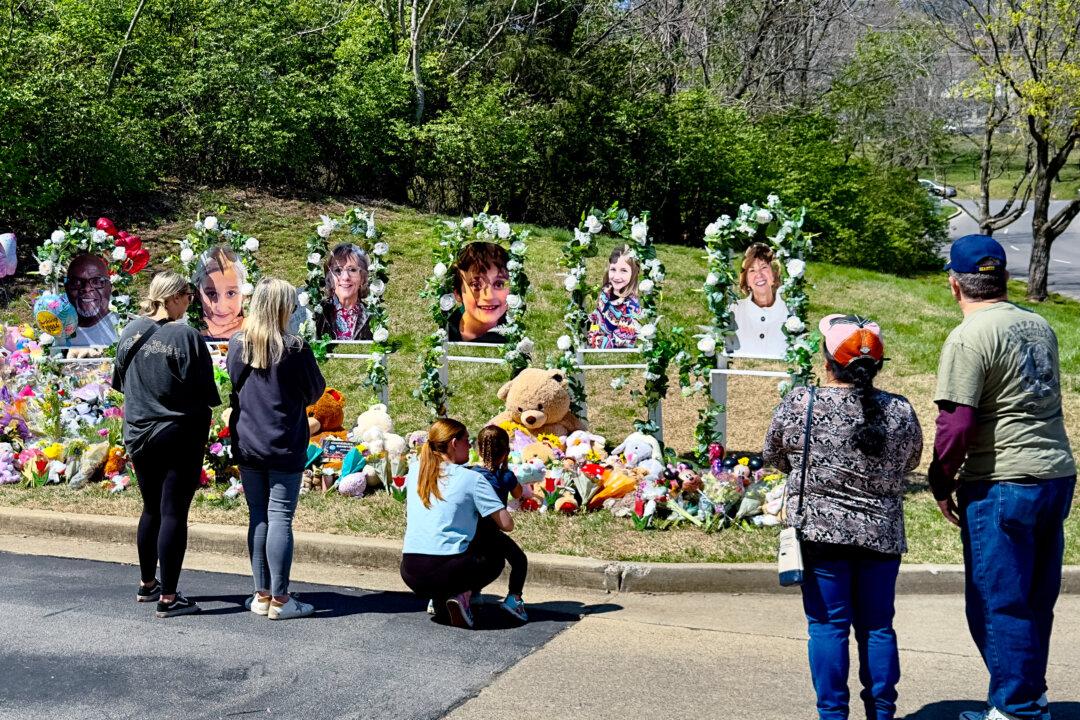Known for its tree-lined streets and Spanish mission-style architecture, the city of Mission Viejo—located in the Saddleback Valley east of Laguna Beach—is the largest master-planned neighborhood in California.
Though Mission Viejo can trace its origins back to the 19th century, it is relatively young, becoming incorporated just 34 years ago.
The delay of cityhood, historians say, was due to the region’s craggy landscape, which builders deemed “undevelopable” as late as the 1960s.
However, with the right developers, Mission Viejo transformed from a hilly cattle ranch into a city with a population of 93,000, according to the U.S. Census Bureau in 2020.

Mission Viejo’s Origins
In 1845, Spanish rancher Don Juan Forster purchased 23,000 acres of property—then called Rancho Mission Viejo—that would become the modern-day city.Because the region’s hills made it difficult to farm, it was largely used by Forster as cattle and sheep grazing fields.
Forster would go on to purchase Rancho Trabuco, Mission San Juan Capistrano, and Rancho Santa Margarita. His holdings totaled nearly 200,000 acres at the time of his death in 1882, making him one of the largest landowners in California at the time.
After Forster’s death, Irish immigrants Richard O'Neill Sr. and James Flood purchased Forster’s property, with Flood putting his money upfront and O’Neill paying half of his share through labor by working the land.
O’Neill expanded the ranch’s cattle and introduced row crops, and it soon became Orange County’s largest wheat producer.

Both Flood and O’Neill deeded their halves of the ranch to their respective sons. In 1923, they founded what was then called the Santa Margarita Company—but both men died shortly after, and the company was dissolved in 1939 when the family’s descendants split the property in two.
The O’Neill family kept the northern portion of the ranch located in modern-day Orange County, while the Flood family took the southern portion of the ranch, which is now part of San Diego County.
In 1942, the United States Marine Corps bought the entire San Diego portion—totaling 123,620 acres—for $4.2 million to expand Camp Pendleton.
Meanwhile, the O'Neill family began to build their portion of the property, beginning with the 278-acre O’Neill Regional Park in 1950.

The Mission Viejo Company
Led by O’Neill’s eldest grandson Anthony Moiso, the family established the Mission Viejo Company in 1963 and commenced its first residential development—the 11,000-acre planned community of Mission Viejo—alongside Donald Bren, a small Orange County developer who would later become the president of the company.The company hired Jim Toepfer—formerly Santa Ana’s director of planning—as the vice president of planning, Frank Fehse, a civil engineer, as vice president of engineering, and Philip Reilly as its corporate attorney. Reilly became the next president of the company shortly after, and Bren went on to purchase the Irvine Company, which was originally founded by the Irvine family and known for its master planning of the namesake city.
In 1968, Jeff Lodder joined the Mission Viejo Company as manager of engineering and later became its senior vice president.
Lodder, now 88, told The Epoch Times that Reilly, in his many public presentations, always compared the Mission Viejo Company to a nice stew.
“If one of the key ingredients is missing, the stew will not taste so well,” Lodder said, quoting Reilly.

Ultimately, the company utilized many new building techniques and built a city that worked with the region’s complex landscape, building streets in the valleys and homes in the hills.
“Other developers who had evaluated ... the development did not see the opportunity that slowly started to become real ... under the leadership of Reilly,” Lodder said.
By the late 1970s and early 1980s, the houses were in such high demand, he said, that people used to camp out for weeks to purchase the home they had their eye on. Some were sold even before they were built.
As the city’s development progressed, the company began to make plans for more business centers, shopping centers, parks, and golf courses.
In 1977, Lake Mission Viejo was added—which, according to Lodder, “truly became the ‘jewel’ of Mission Viejo.”

Later the same year, the company purchased the 6,500-acre Moulton Ranch from Orange County, which eventually became the city of Aliso Viejo.
The company’s approach, Lodder said, was to “sell people a house in Mission Viejo, and as their families grow, sell them a bigger home in Mission Viejo.”
In 1988, Mission Viejo officially became a city, and development has continued.

The 23,000-acre portion of Rancho Mission Viejo is the largest and final community built from the original property. About half a dozen neighborhoods have been established on that property in the last decade, with several more currently under construction.
Additionally, about 500 acres of the Rancho Mission Viejo exists as a nature preserve for O’Neill’s original ranch, which is still a working ranch with citrus trees, crops of avocados, beans and barley, and hundreds of cattle.






